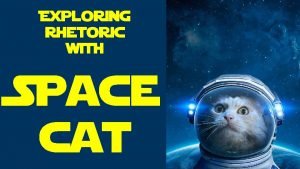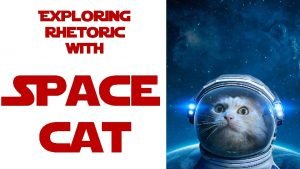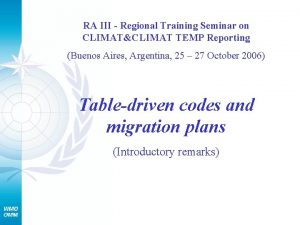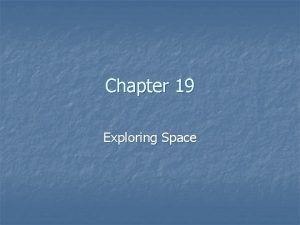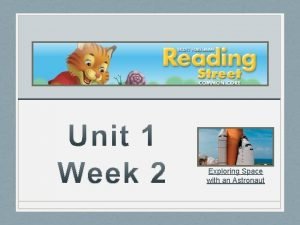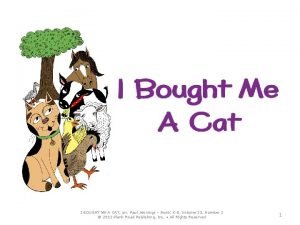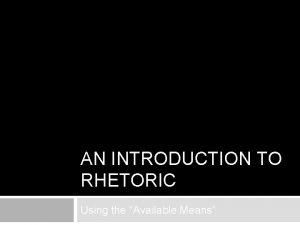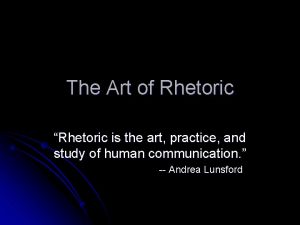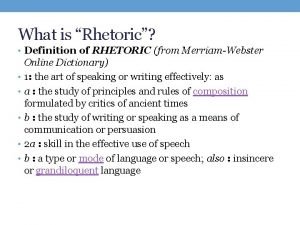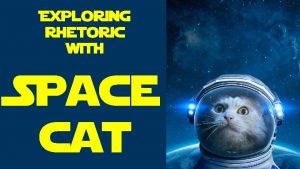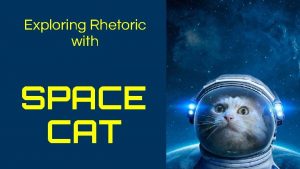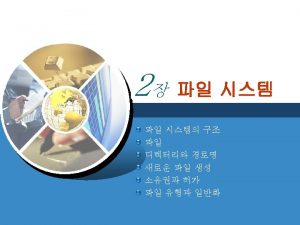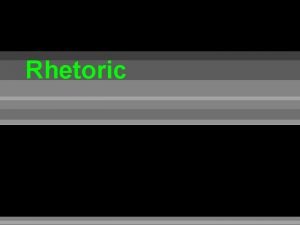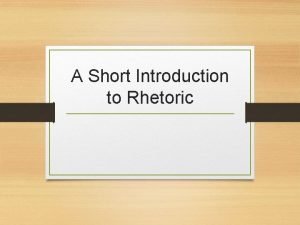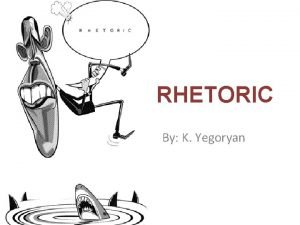Exploring Rhetoric with Space cat Speaker Who wrote











- Slides: 11

Exploring Rhetoric with Space cat

Speaker • Who wrote this? • What do we know about them? • What DON’T we know about them? • Does this text have a particular meaning because of WHO wrote/said it? • Examples: A President giving a speech, a citizen sending a Tweet, a newspaper staff writing an editorial

Purpose • What is the speaker hoping to accomplish by putting this out into the world? • Remember that the message itself ≠ the purpose. • Examples: to inform, to persuade , to inspire, to convince

Audience • Who was the actual audience of this text? Was that the intended audience? • What did the speaker assume about their audience? How does that impact what they say and how they say it? • Examples: TV viewers watching a debate, readers of a newspaper, a crowd gathered at a rally

context • What was going on in the world when this text was produced? • What were the biggest issues on the speaker’s mind, which they might be directly or indirectly addressing? • How would this same text be received differently by a different audience in or in a different time? • Examples: MLK’s “I Have a Dream” Speech is given in the context of the Civil Rights Movement

exigence • Why “NOW” for the speaker? • What was the spark or catalyst that moved the speaker to act? • Note that context is “happening” all the time, but usually an event serves as exigence. • Examples: The #Me. Too movement taking off after high profile reports of misconduct

choices • This is a CAT-egory of all the little moves authors make to enrich their writing. • Why does the writer make each choice? • Examples: a speechwriter may begin with an anecdote, then move to describing a process of change, and end with a call to action.

appeals • Appeals to ethics or credibility • Appeals to emotion • Appeals to logic or reason • Examples: Bringing up one’s expertise with the topic (credibility), telling a moving story (emotion), stating facts or statistics (logic)

tone • What is the speaker’s attitude at different places throughout the text? • How can you tell this is their attitude? • Where does the tone shift in the piece? • Examples: A religious eulogy may begin with a mournful tone, then move into a comforting or inspirational tone.

When to use space cat? • Rhetorical analysis requires you to read and understand what matters about a text (SPACE) and comment on what specific features make it rich or effective (CAT). • Don’t panic when exploring a new or difficult text… SPACE CAT will guide you into the unknown!

Space cat was created by heather Crivilare $ the creator claims no copyright on the images or fonts in this Power. Point. For educational use only. For more AP Lang fun, check out these other resources from The English Department!
 Appeals in space cat
Appeals in space cat Space cat exigence
Space cat exigence Cat 1 cat 2 cat 3 aviation
Cat 1 cat 2 cat 3 aviation Cat 1 2 3 minima
Cat 1 2 3 minima Exploring space lesson 1
Exploring space lesson 1 Exploring space reading street
Exploring space reading street I bought me a cat
I bought me a cat American rhetoric 100 speeches
American rhetoric 100 speeches Introducing rhetoric using the available means
Introducing rhetoric using the available means Rhetoric is the art of
Rhetoric is the art of Appositive definition in literature
Appositive definition in literature What is rhetoric
What is rhetoric
